The Value and Momentum Trader: Dynamic Stock Selection Models to Beat the Market
$18.36
| Author(s) | |
|---|---|
| Format |
|
| Pages |
265 |
| Publication Year |
2010 |
In The Value and Momentum Trader, Grant Henning presents a comprehensive approach to stock trading, which centers around Excel-based research methods he has developed. In this book, Henning presents the trading tools he has used to become a successful trader, and discusses some of the greatest challenges facing active market participants.
Author’s Introduction:
This book is offered as a resource to those who seek success in stock market trading. I especially wish to pass it on to my children and grandchildren and nephews and nieces as a tool for good stewardship of the resources that have been entrusted to them. I am keenly aware of the fact that there are many books written on the subject of stock market trading, and many of them are in my own library. However, you will find this book unique in that it actually describes several mathematical models for stock selection.
It therefore has potential for greatly enhancing performance over most other anecdotal references. In the best of worlds, readers will adapt these models to their own needs and trading styles and will add their own personal refinements.
There are many ways to succeed in stock trading, and this is a summary of only a few of those approaches. However, the methods outlined here have been tried and tested over many months and years of market warfare in both bull markets and bear markets. They are the end products of more than 20 years of trading of stocks, options, mutual funds, and commodities, and the past decade has been one in which I have traded for a living.
They are offered in the profound belief that market activity is not random, but like other natural phenomena in the wider creation, it follows certain predictable patterns and rules. As Albert Einstein once mused, “God does not play dice with the universe,” and I believe this is as true in market phenomena as it is in weather patterns or in the motions of planetary bodies. If we look carefully, we can see that market undulations can be as beautiful as the waves of the sea washing on the shoreline.
There is both science and art here, like surfing on a perfect wave, and the sheer thrill of interacting with rhythmic market phenomena is difficult to match in any other profession. Perhaps this is why Einstein is also reported to have said that, if he had it to do over again, he would have become a professional stock trader.
Contents:
- A Philosophy of Trading
- Tools of the Trade
- Constructing Mathematical Models for Stock Selection
- Stock Selection: A Technical-Momentum System
- Stock Selection: A Fundamental-Value System
- Stock Selection: A Technical-Fundamental Hybrid Approach
- Buying Stocks
- Selling Stocks
- Portfolio Management
- Market Timing
- A Performance Record
- A Typical Trading Day
- Threats to Success
- A Summary of Trading Principles
- Morality in the Marketplace
- Random Walk or Rational Wager
- On the Nature of Risk
- Trading in the Information Age
- Using a Trading System with an Excel Spreadsheet
- Afterthoughts
The Value and Momentum Trader: Dynamic Stock Selection Models to Beat the Market By Grant Henning pdf
5 reviews for The Value and Momentum Trader: Dynamic Stock Selection Models to Beat the Market
Clear filtersOnly logged in customers who have purchased this product may leave a review.

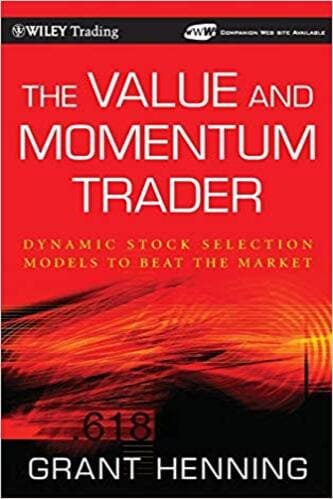
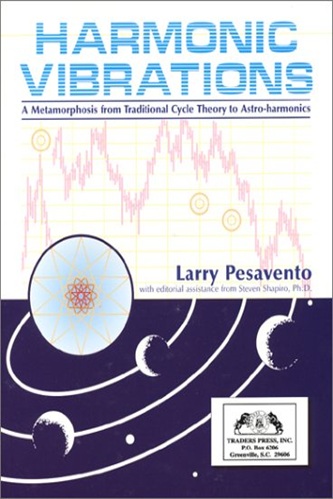
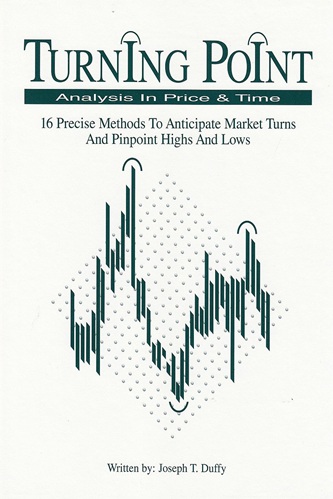
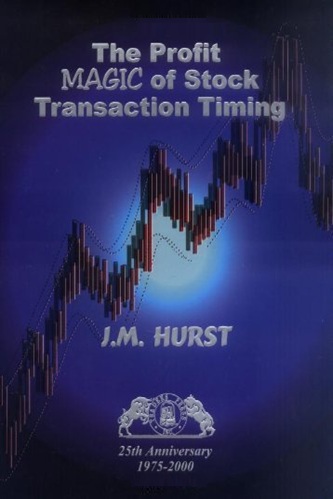
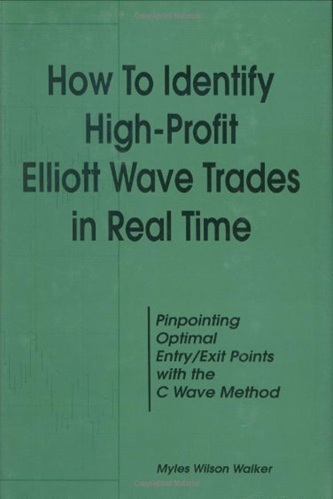
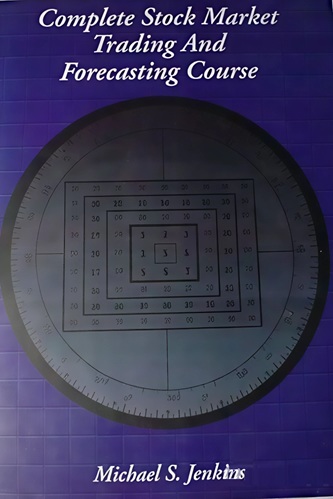
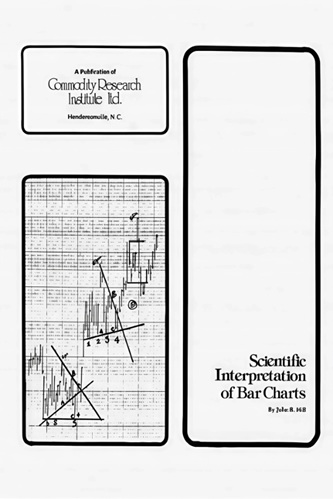
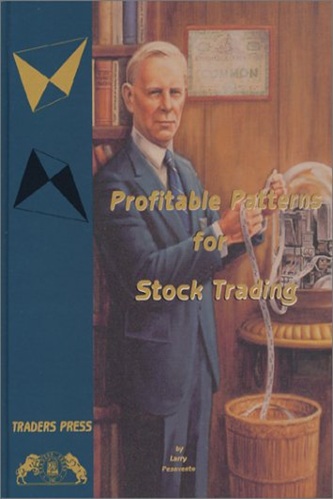
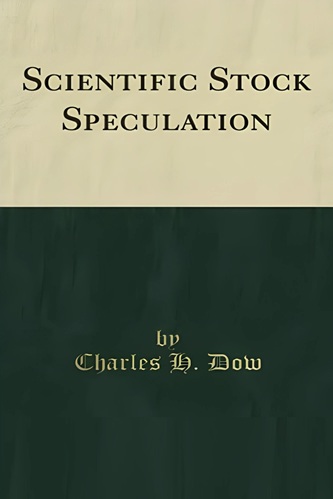
Shannon Lucero (verified owner) –
Grant Henning’s book is a potent combination of statistics, philosophy, and commentary that only a true social scientist could provide. Henning speaks of the ‘bold passion’ of trading, and the powerful analogies he offers between the world of trading and more familiar environs is a perspective that I think will help any trader. This book provides the tools that subject trading ideas to the rigor of statistical analysis as opposed to the open-ended (and therefore more hazardous) subjective interpretations one often sees. Just as important, the book points you exactly where on the Web you can find the resources you need to put these ideas into action.
Arnoldo Weber (verified owner) –
Good methodology with rigorous analysis methods , but I question the level of performance over the long term. Moving in and out of the market is difficult and is often prone to failure.
Tom Pearson (verified owner) –
This book is a great read. It is based on the classic “techno-fundamental” trading concept so well illustrated by Nicholas Darvas. Certainly anyone interested in making 10% a month would be interested! The gist of it is to favor stocks with both high momentum (30% gain over the last quarter, breaking new 52 week highs) and high value (P/E less than 10 and high cash flow).
I certainly would like to see the author’s actual trading statements to substantiate his claims. It would also help to understand better tactical execution of trades. Anyone claiming a 100% annual return over several years should be proud to open his Kimono and show us how it was done. Of course, I respect his privacy . . . but still I’d love to see those trade details!
Misty Ferrell (verified owner) –
The book is informational and well written. But in buying ebook do not expect to have access to the CD information via Wiley, essentially they told me tough luck. So if not important to you, buy the ebook. If not do not buy
Amalia Roberts (verified owner) –
Congratulations are due Grant Henning for clearly explaining his stock selection system. It’s not often that any successful trader will show their methodology, with explanations, so clearly. I liked the fact that the final universe of stocks was selected not only for technical but fundamental values too. However, I am puzzled by two tables in the book, 4.1 and 6.4. in table 4.1, three stocks are stated as buy or strong buy. Yet their subsequent three month performance beyond 12/31/2008 was poor. TWRT changed its symbol to BWEN; I could not find a chart for QSC; and DGLY was a better sell than a buy through 3/31/2008. In addition I was puzzled that so many of the other stocks in this table appear to be small cap to the point of being really obscure. (I looked at the three month time frame since the writer states that his usual holding period is a few days to three months.) Maybe he dumped these three stocks quickly? In table 6.4, I followed all stocks and found no significant correlation between buy or strong buy, sell or strong sell, and the subsequent three month performance from mid August 2008 to mid November 2008. The IKN symbol was not found; STAA and ALTH did as predicted but AFAM did not. PARL would have been a strong sell, not strong buy. I would be interested in seeing a better correlation between the extensive mechanics of the ranking system and the subsequent performance. At least looking at these two tables, there does not seem to be a good correlation of prediction to performance. I am interested in the two market timing indicators and would be interested to see if other researchers have confirmed the correlation between the VIX and the put call ratio, to the subsequent performance of the S&P 500.